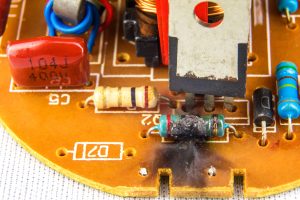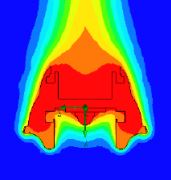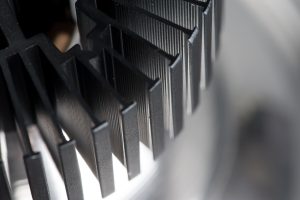I have a 1,4 square meter flo space and a O,6 square meter veg, that's not a tent in flower just the frame of a tent in a small room. I'd like to increase my yield with the 10 weeker strains I grow, I know it's possible if I can make my environment more friendly for my plants and dialing the feedings also could improve my results. I grow with LED since beginning of 23 only so I have still some improvements to make to get 100% from my light, I know it can produce over 1,5g/w and I'm not yet there. I'm happy with the quality of the buds coming from my grows so far and I don't want to change the genetics because I love the high and taste I got.
I will soon pop some new seeds made with a New Caledonian male who should be in the 10/12 weeks max, it's possible with this type of plants to get massive yield if everything run smoothly, I'll see what I can get from them.
I voted for Lumatek because my light from this brand is better than the Mars Hydro I have in veg but it's knid of a vote by default, I have only used 2 brands so far. I want to replace the Mars hydro but I don't know what to buy for the job they do, maybe the Secret Jardin 80w in the mother/clone space and 1 Migro 125w in a separate veg space.
The Lumatek I have is running since January 2023 and it should last 5 years, so far 20 months of constant use without problem; let's hope it stays this way. I don't know what are the signs of a degrading LED light? Certainly a huge drop in the yield .
I will soon pop some new seeds made with a New Caledonian male who should be in the 10/12 weeks max, it's possible with this type of plants to get massive yield if everything run smoothly, I'll see what I can get from them.
I voted for Lumatek because my light from this brand is better than the Mars Hydro I have in veg but it's knid of a vote by default, I have only used 2 brands so far. I want to replace the Mars hydro but I don't know what to buy for the job they do, maybe the Secret Jardin 80w in the mother/clone space and 1 Migro 125w in a separate veg space.
The Lumatek I have is running since January 2023 and it should last 5 years, so far 20 months of constant use without problem; let's hope it stays this way. I don't know what are the signs of a degrading LED light? Certainly a huge drop in the yield .
Last edited:


















